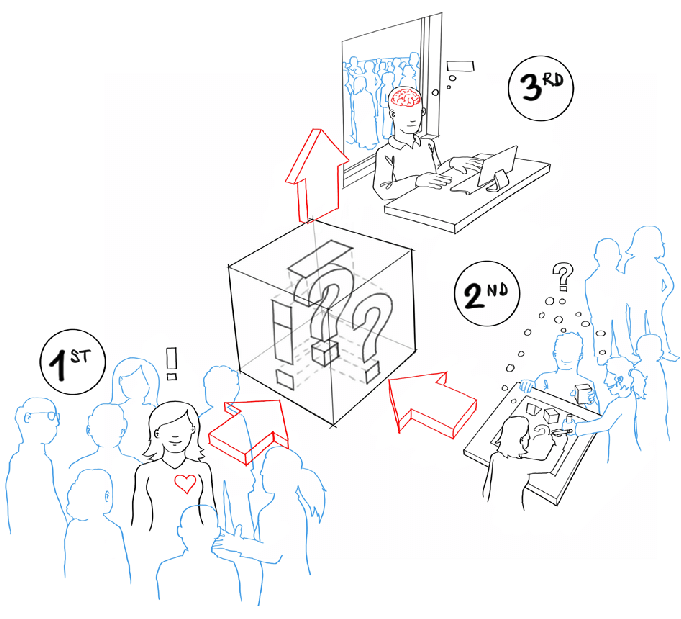A Journey of Learning, Problem-Solving, and Growth
In the realm of UX design, we often hear the phrase “user-first,” but what does it truly mean? It’s more than just incorporating user feedback or conducting user research; it’s about adopting a mindset that prioritizes the user at every stage of the design process.
User-first design is not a one-size-fits-all approach; it’s a continuous journey of learning, problem-solving, and growth. It’s about understanding the needs, goals, and motivations of our users and creating experiences that seamlessly cater to these factors.
Learn the Users
The first step in user-first design is to truly understand your users. This involves conducting user research, observing their behavior, and empathizing with their experiences. It’s about understanding their context, their pain points, and their aspirations.
By immersing ourselves in the user’s world, we gain valuable insights that inform our design decisions. We learn what matters to them, what frustrates them, and what delights them. This knowledge becomes the foundation for creating solutions that resonate with their needs and preferences.
Problems are Opportunities
User-first design doesn’t shy away from problems; it embraces them as opportunities for growth and innovation. When we encounter problems during the design process, it’s a sign that we need to dig deeper, re-evaluate our assumptions, and seek new perspectives.
By viewing problems as opportunities, we can transform them into catalysts for creativity and improvement. We can challenge ourselves to think outside the box, explore alternative solutions, and ultimately deliver a more refined and user-centric experience.
Resolve and Learn
User-first design is not about avoiding mistakes; it’s about learning from them and using them to improve. When we make mistakes, it’s an opportunity to reflect on our process, identify areas for improvement, and strengthen our understanding of the user’s needs.
By embracing mistakes as learning opportunities, we can foster a culture of continuous improvement and innovation. We can create a safe space where experimentation is encouraged, and where failures are seen as stepping stones to success.
Making Mistakes is Allowed
In the pursuit of user-first design, it’s important to remember that perfection is an illusion. We will make mistakes along the way; it’s inevitable. But it’s how we respond to these mistakes that defines us as designers.
The key is to approach mistakes with humility, openness, and a willingness to learn. We should not sweep mistakes under the rug; instead, we should use them as opportunities to grow, refine our approach, and ultimately create better experiences for our users.
User-First: A Continuous Journey
User-first design is not a destination; it’s an ongoing journey of learning, problem-solving, and growth. It’s about constantly seeking to understand our users better, embracing the challenges we encounter, and learning from our mistakes.
By putting the user at the heart of every decision we make, we can create experiences that are not only functional and aesthetically pleasing but also meaningful, engaging, and truly impactful.
